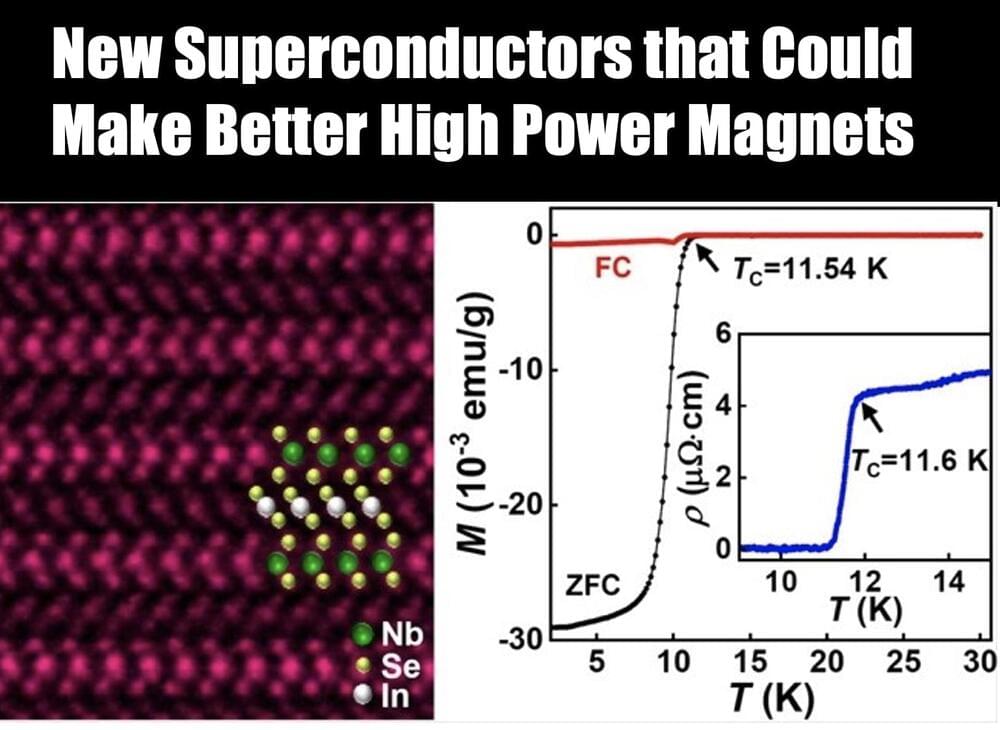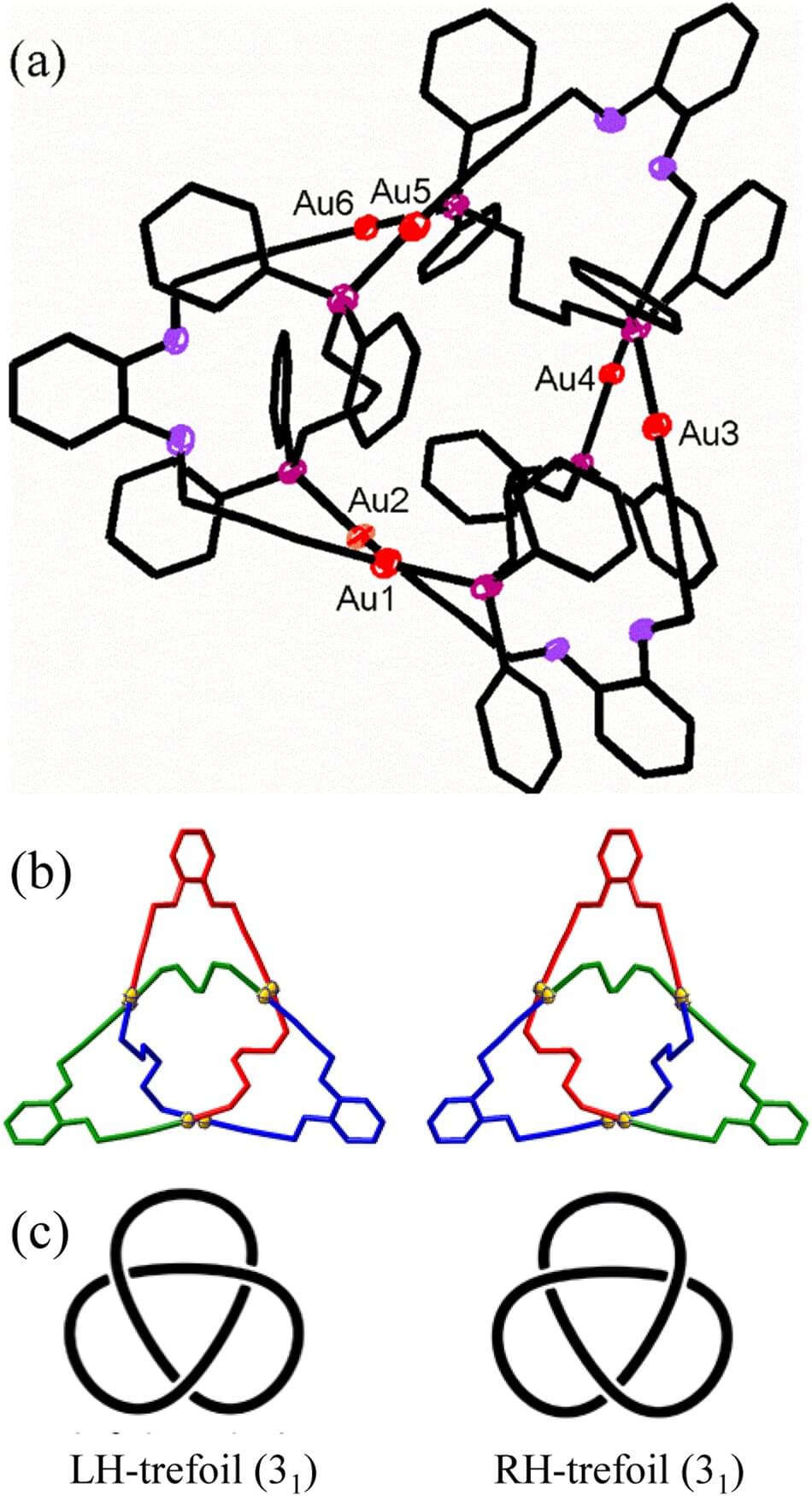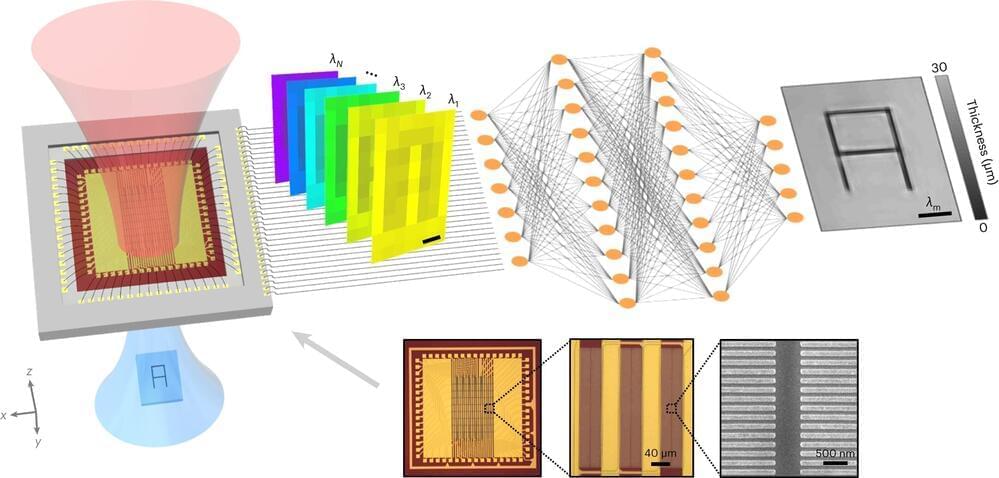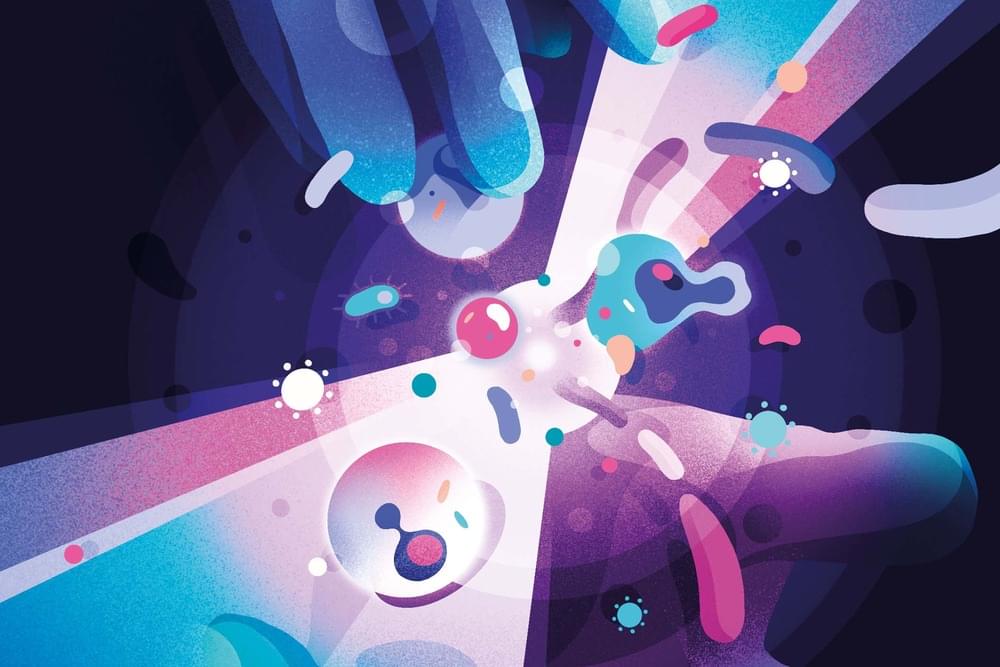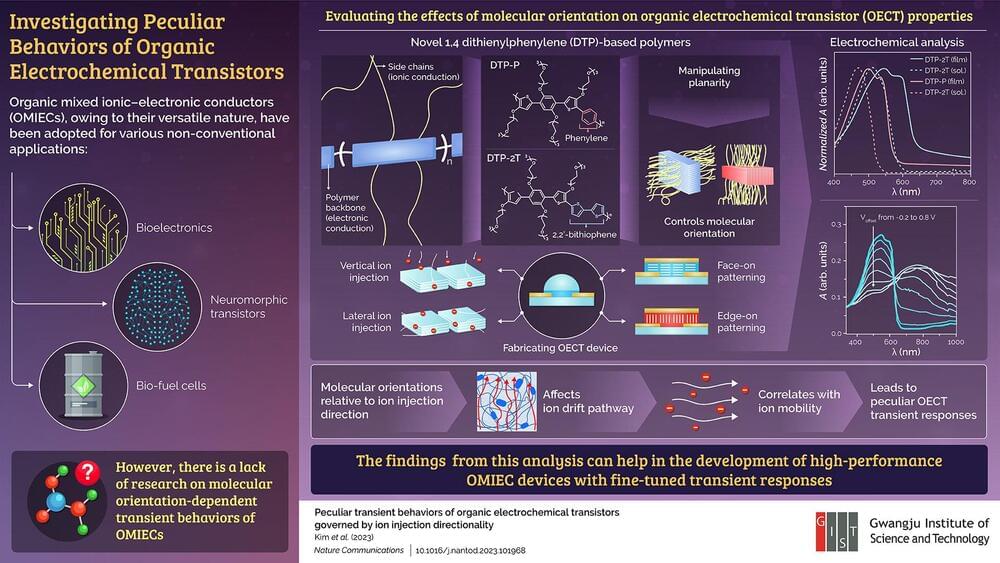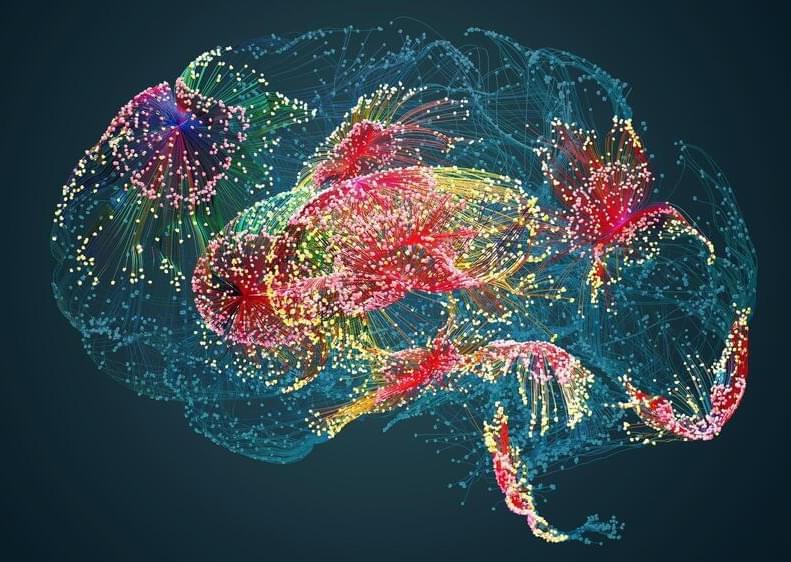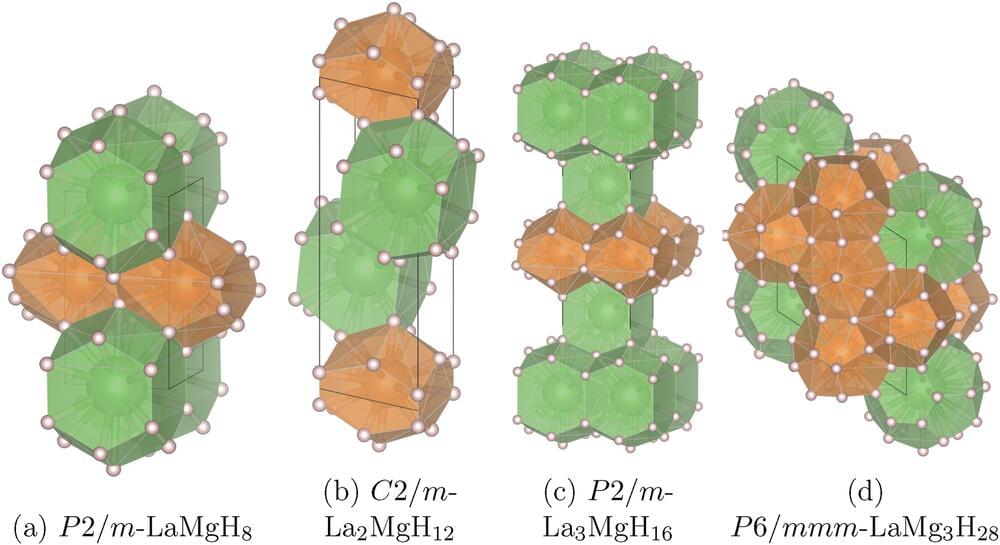A research team from Hefei Institutes of Physical Science (HFIPS), Chinese Academy of Sciences (CAS), discovered a new superconducting material called (InSe2)xNbSe2, which possesses a unique lattice structure. The superconducting transition temperature of this material reaches 11.6 K, making it the transition metal sulfide superconductor with the highest transition temperature under ambient pressure.
TMD materials have received lots of attention due to the numerous applications in the fields of catalysis, energy storage, and integrated circuit. However, the relatively low superconducting transition temperatures of TMD superconductors have limited their potential use.
In this study, scientists successfully fabricated a new superconducting material with the chemical formula (InSe2)xNbSe2. Unlike the conventional conditions where isolated atoms are inserted into the van de Waals gaps of low dimensional materials, in (InSe2)xNbSe2 the intercalated indium atoms were found to form InSe2-bonded chains.
